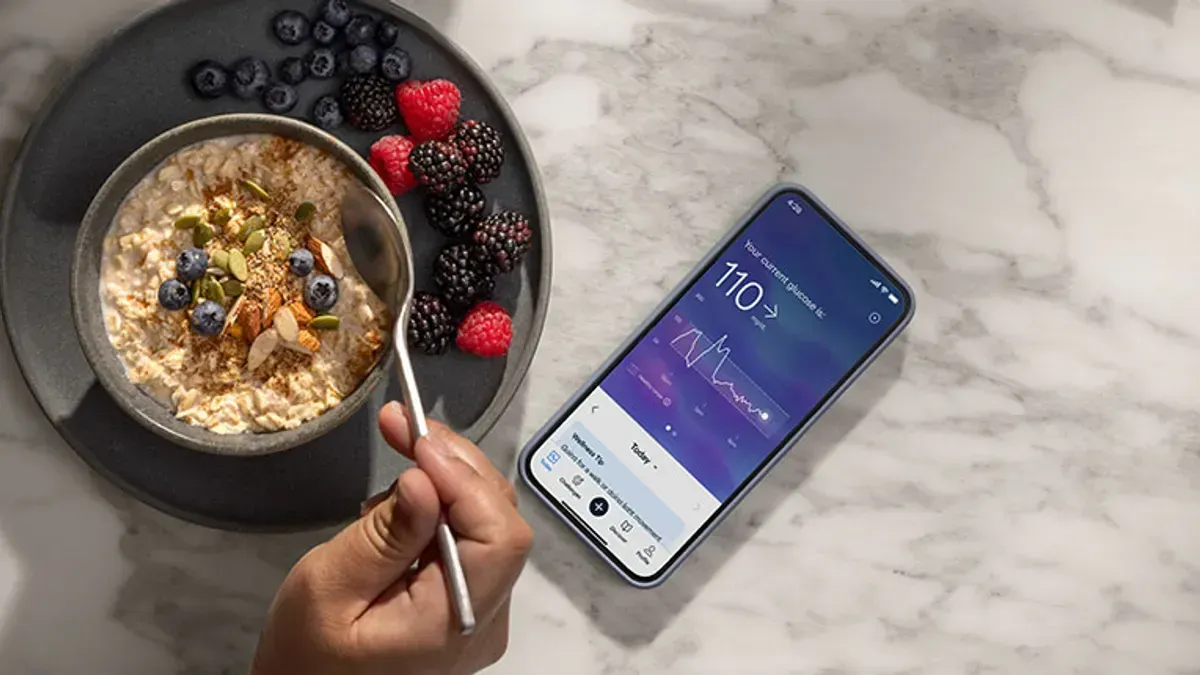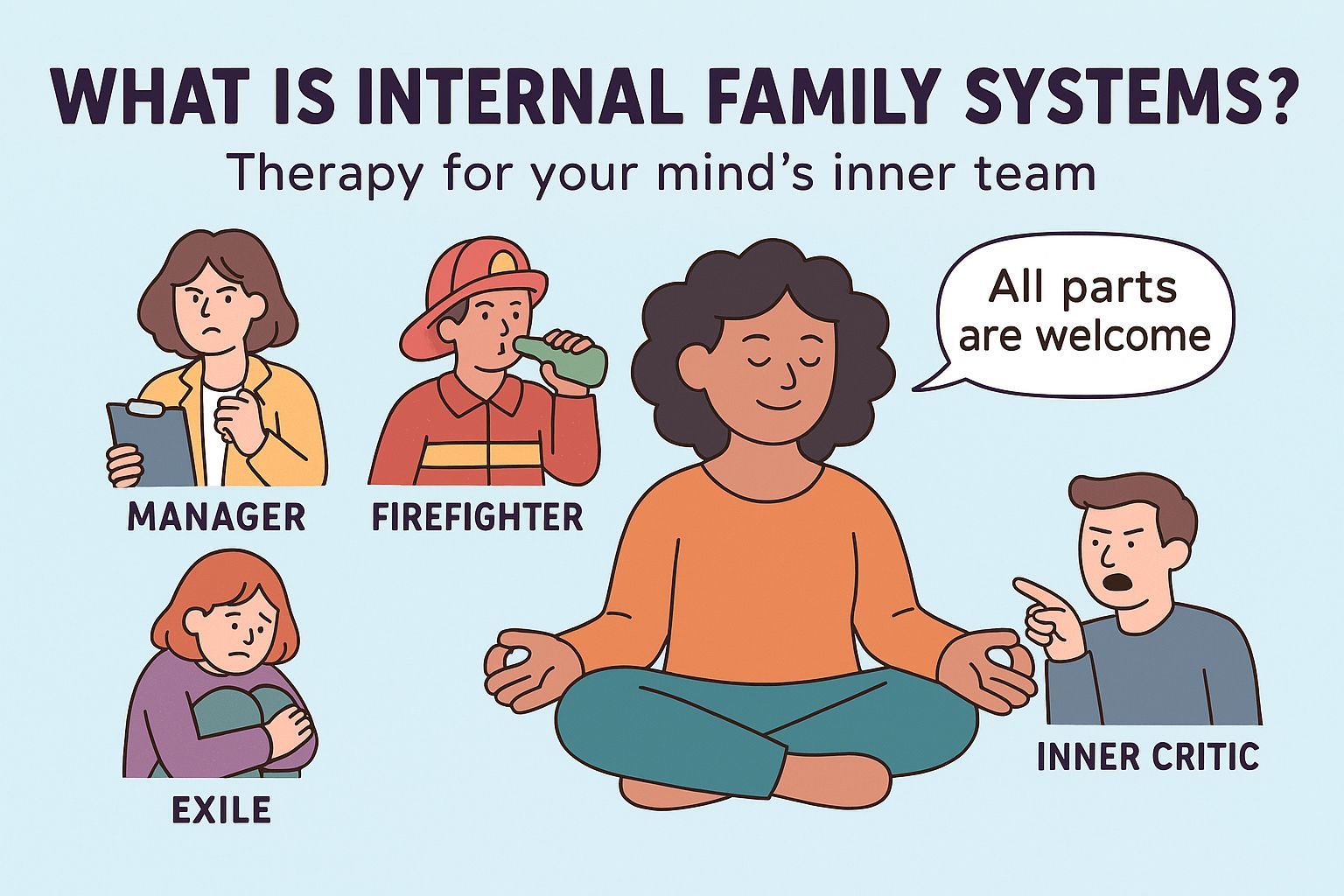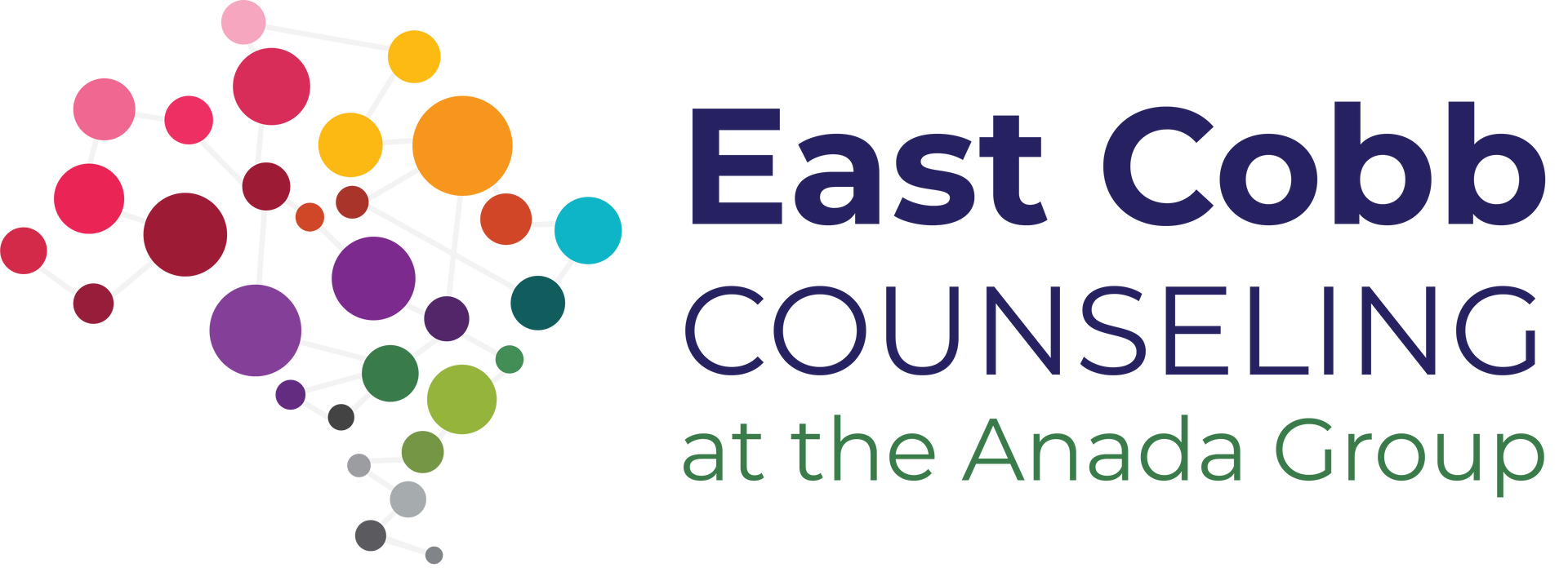The Glucose Glow-Up: How Blood Sugar Monitoring Can Supercharge Your Mood, Muscles, Sleep, and Sanity
The Glucose Glow-Up: How Blood Sugar Monitoring Can Supercharge Your Mood, Muscles, Sleep, and Sanity”

Author: Laurel Clayton-Seheult, PN2 Master Health & Nutrition Coach - May 5, 2025
Let’s be real: glucose doesn’t exactly have a glamorous rep. Say the word “blood sugar” and people instantly think of diabetes, insulin syringes, or trying to survive a 3 p.m. crash with stale vending machine snacks. But here’s the truth: glucose isn’t just about disease—it’s your body’s fuel, mood manager, sleep assistant, and muscle whisperer.
Monitoring it isn’t just for people with health conditions. It’s for anyone who wants to feel better, think sharper, sleep deeper, and maybe stop having a meltdown when they forget their Amazon password.
Let’s dig into the tech-meets-wellness side of glucose—and how knowing your numbers can change everything.
1. Mental Health & Mood: Glucose Is Your Brain’s Favorite Snack
Your brain eats first. It consumes roughly 20-25% of your body’s glucose supply at any given time—more than any other organ. But if glucose levels get too high or drop too low, neurotransmitters like dopamine, serotonin, and GABA can go haywire. That’s when the emotional rollercoaster begins.
- Spikes can lead to a surge of dopamine (hello, post-cookie euphoria), followed by a crash that tanks mood and increases anxiety.
- Drops in glucose (aka hypoglycemia) can trigger cortisol and adrenaline release, leading to irritability, shakiness, or that “I could cry because my pen ran out of ink” vibe.
Translation: your moods are literally being puppeteered by your blood sugar curve.
With a Continuous Glucose Monitor (CGM), you can see in real time how certain meals, stress, or lack of sleep trigger spikes or crashes—and adjust before you snap at your dog or cry over spilled oat milk.
2. Focus & Brain Fog: Stable Glucose = Stable Thought Patterns
Ever sit at your desk trying to remember your own name? That’s not just stress—it might be your glucose.
When your brain gets the steady fuel it needs, it can focus, form memories, and execute executive functions like task-switching and decision-making. But if your glucose dips, ATP (cellular energy) production falters, your neurons start underperforming, and suddenly your mental bandwidth is dial-up speed.
Monitoring glucose helps you identify when your brain needs a slow-burning snack (like nuts, protein, or fiber-rich carbs) vs. when it’s spiraling from a sugary breakfast that ghosted you by 10 a.m.
3. Appetite & Cravings: Your Hunger Hormones Are on a Glucose Loop
Meet your metabolic messengers: ghrelin (the “I’m hungry” hormone) and leptin (the “I’m full” hormone). When your blood sugar spikes and crashes, ghrelin gets louder, leptin gets quieter, and cravings take the wheel.
Even more interesting? Insulin resistance—where your cells stop responding well to insulin—can disrupt satiety signals, making you feel perpetually snacky even when your body has plenty of fuel.
Glucose monitoring helps you notice the meals that lead to sustained satiety versus the ones that leave you mysteriously hunting for a snack an hour later. It’s like learning which foods ghost you and which ones commit.
4. Sleep Quality: Your Blood Sugar Has a Nightlife
You might think sleep is just about melatonin and blue light—but glucose is a major player too.
- High glucose before bed? It can suppress melatonin production and reduce REM sleep.
- Low glucose overnight? It triggers nocturnal hypoglycemia, which sets off cortisol and adrenaline, waking you up with a racing heart at 3 a.m.
Tracking glucose in the evening helps you learn which dinner combos and bedtime snacks lead to peaceful sleep—and which ones lead to Netflix marathons and existential dread.
5. Muscle Gains & Recovery: Insulin Isn’t the Enemy—It’s a Trainer
Let’s flip the script on insulin. Yes, it stores fat—but it also delivers glucose and amino acids to muscle tissue post-workout for recovery and growth. It’s like a personal Uber for your muscles.
To maximize gains, your body needs a post-exercise glucose bump to replenish glycogen and trigger muscle protein synthesis. If your glucose is too low before a workout, you may fatigue early. Too high, and you may feel sluggish and inflamed.
With glucose monitoring, you can dial in carb timing to power through workouts and recover like a pro—without the crash or cravings that derail your efforts.
6. Performance & Energy: Say Goodbye to the Afternoon Slump
Ever notice how your energy dips like clockwork around 2:30 p.m.? That’s often a post-lunch glucose crash. A meal high in fast-digesting carbs (think: white bread, sugary dressings, or “healthy” bars with hidden sugar) spikes your glucose and then sends it plummeting. Result: you’re foggy, yawning, and wondering if coffee counts as hydration.
By keeping your glucose curve steady, you avoid the peaks and valleys that steal your mental edge and physical stamina.
7. Food Synergy: The Glucose-Stabilizing Superpower You Didn’t Know You Needed
Want to avoid the dreaded afternoon crash or late-night snack spiral? It’s all about pairing your foods like a glucose-savvy wizard. Eating carbs alone (like toast or fruit) can spike blood sugar like a rollercoaster at a county fair. But when you pair carbs with protein, fiber, and healthy fats—boom! You’ve got yourself a steady, stable glucose ride. Think apple + almond butter, or quinoa + roasted veggies + olive oil + chicken. This combo effect slows digestion and glucose absorption, giving your brain, mood, and muscles a steady energy stream rather than a sugar tsunami.
Bonus: balanced blood sugar = better focus, fewer cravings, and a calmer nervous system. Your mitochondria will thank you.
The Tech Side:
What’s It Like to Monitor Your Glucose?
- CGMs like Lingo or Nutrisense stick to your arm and sync with an app. They give you 24/7 feedback on what your body’s doing behind the scenes.
- Even without a CGM, finger-prick glucometers can be used a few times a day to spot patterns around meals, exercise, and stress.
It’s not about being perfect—it’s about being aware. Think of it as biofeedback for your brain, your belly, and your bedtime.
Bottom Line: When Your Blood Sugar’s Steady, So Are You
Monitoring your glucose isn’t about fear—it’s about feedback. It’s a science-backed, data-driven way to:
- Improve your mood
- Reduce cravings
- Sleep deeper
- Build more muscle
- Think clearer
- Perform better—all day, every day
Because balanced blood sugar = balanced you.
And let’s be honest—your best self probably doesn’t crash at 3 p.m. with a bag of chips and existential fatigue.



